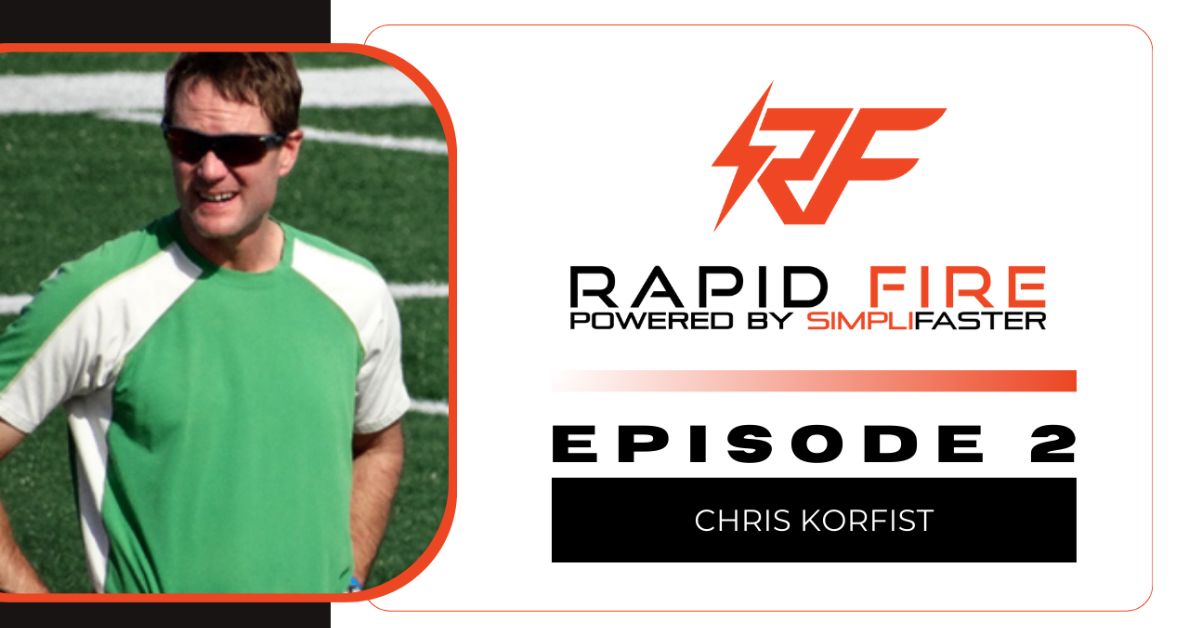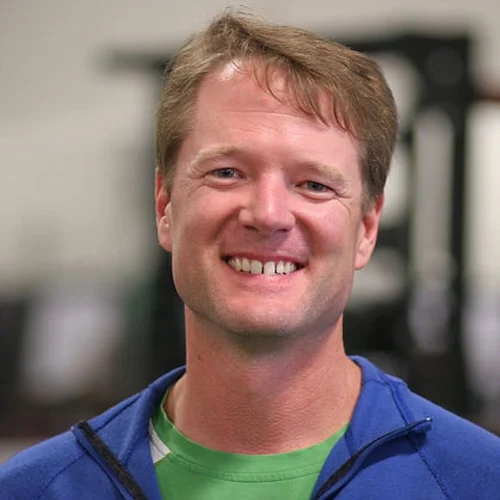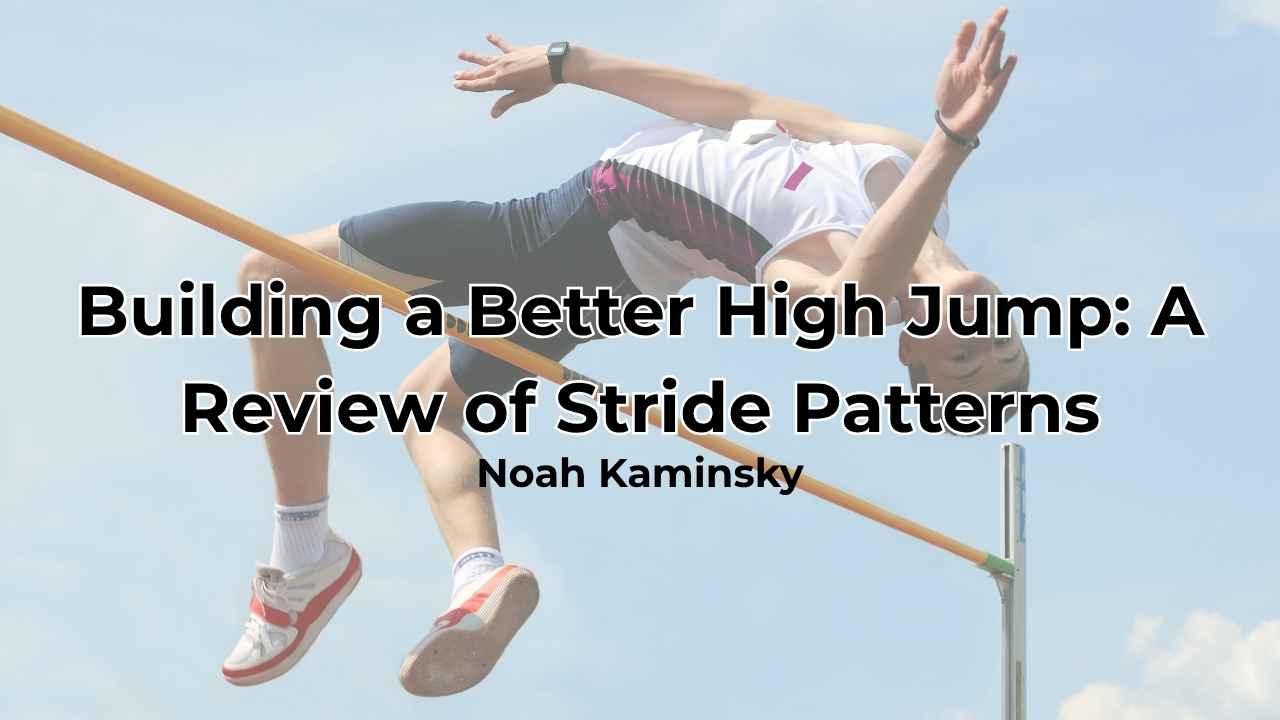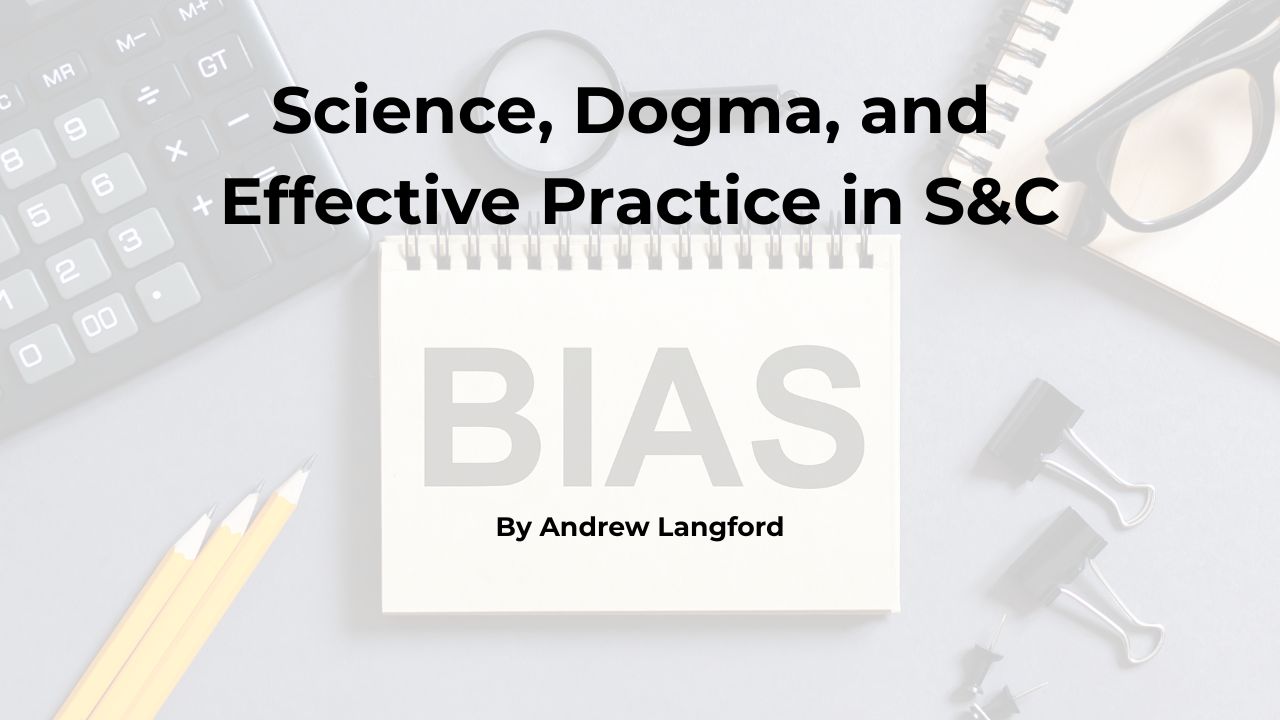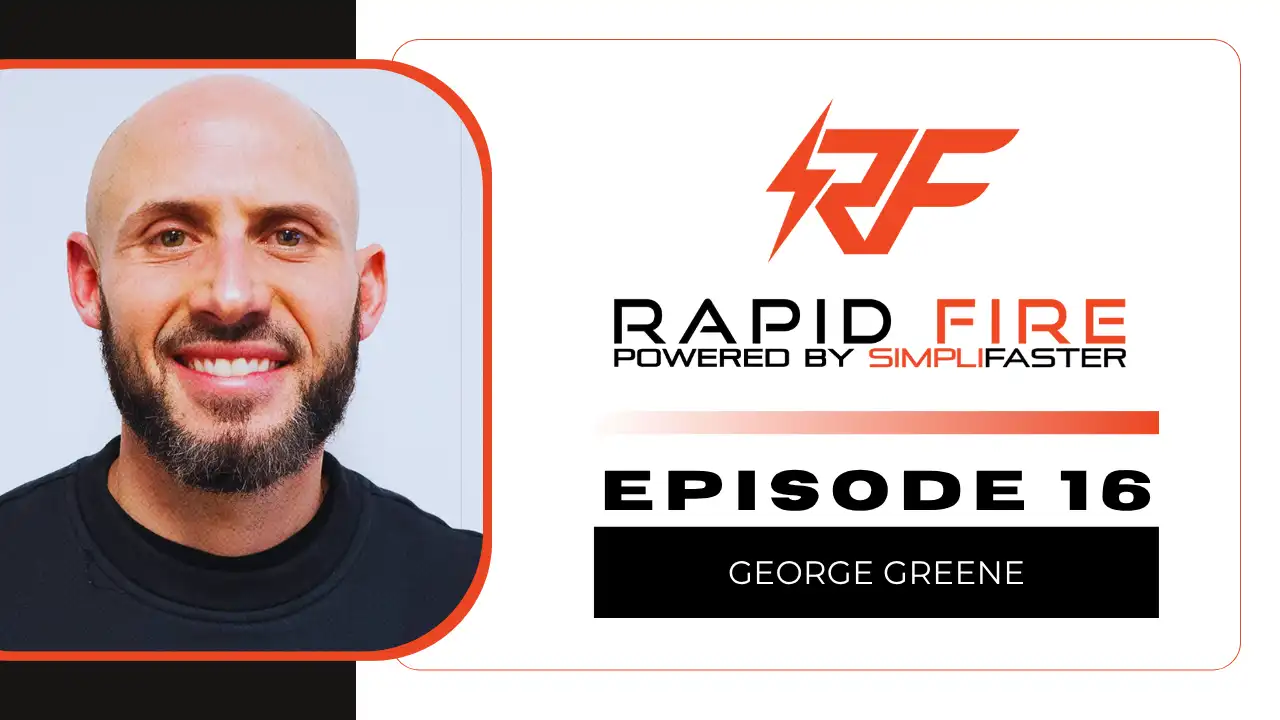“A compensation pattern is literally the idea that one muscle is doing the work of another muscle…we’re built to move, so our body has quite cleverly set up all kinds of different ways we can go into hip flexion or hip extension in case the first muscle isn’t working.”
Knowing how to design a speed training session, select appropriate exercises, and demonstrate those movements is one thing…and it’s another thing entirely to understand the biomechanics of a sprint and how to assess the complex interplay of muscles, joints, and tendons involved in human locomotion.
TFC’s Coach Chris Korfist joins Coach Justin Ochoa on Episode 2 of SimpliFaster’s new new interview series, Rapid Fire, to discuss compensation patterns and Reflexive Performance Reset (RPR), the four “rockers” he programs targeting the athlete’s foot, and his intake process for both youth and higher-level athletes looking to gain speed.
“That’s why you see people run with tight fists or their chin sticking out, they’re doing all these different things because they’ve found a pattern where they can lock down and move their limbs in the best way they know possible at the time,” Korfist says. “So when you tell that kid to open their hands and run, you might be taking away a recruitment pattern that they find stability with…because really, the first goal is stability.”
[vimeo 1028569445 w=800]
Rapid Fire Episode 2. Watch the full episode with Coach Chris Korfist and Coach Justin Ochoa.
Through a fast-paced and informal conversation—complete with a surprise lights-out moment—Coach Korfist focuses first on the fact people are designed to move and then dives deep into how that movement actually occurs. And, then, how to go about making that movement happen faster.
When you tell that kid to open their hands and run, you might be taking away a recruitment pattern that they find stability with…because really, the first goal is stability, says @korfist. Share on X[vimeo 1028582230 w=800]
Rapid Fire Excerpt. Coach Korfist describes his intake process for both youth athletes and those training at a more elite level.
“When your leg hits the ground, it is the tip of a fulcrum and you’ve got to find a way to move your mass over that thing stuck in the ground,” Korfist says. “Because if you can’t move your weight forward, you’re not going anywhere.”
Since you’re here…
…we have a small favor to ask. More people are reading SimpliFaster than ever, and each week we bring you compelling content from coaches, sport scientists, and physiotherapists who are devoted to building better athletes. Please take a moment to share the articles on social media, engage the authors with questions and comments below, and link to articles when appropriate if you have a blog or participate on forums of related topics. — SF

